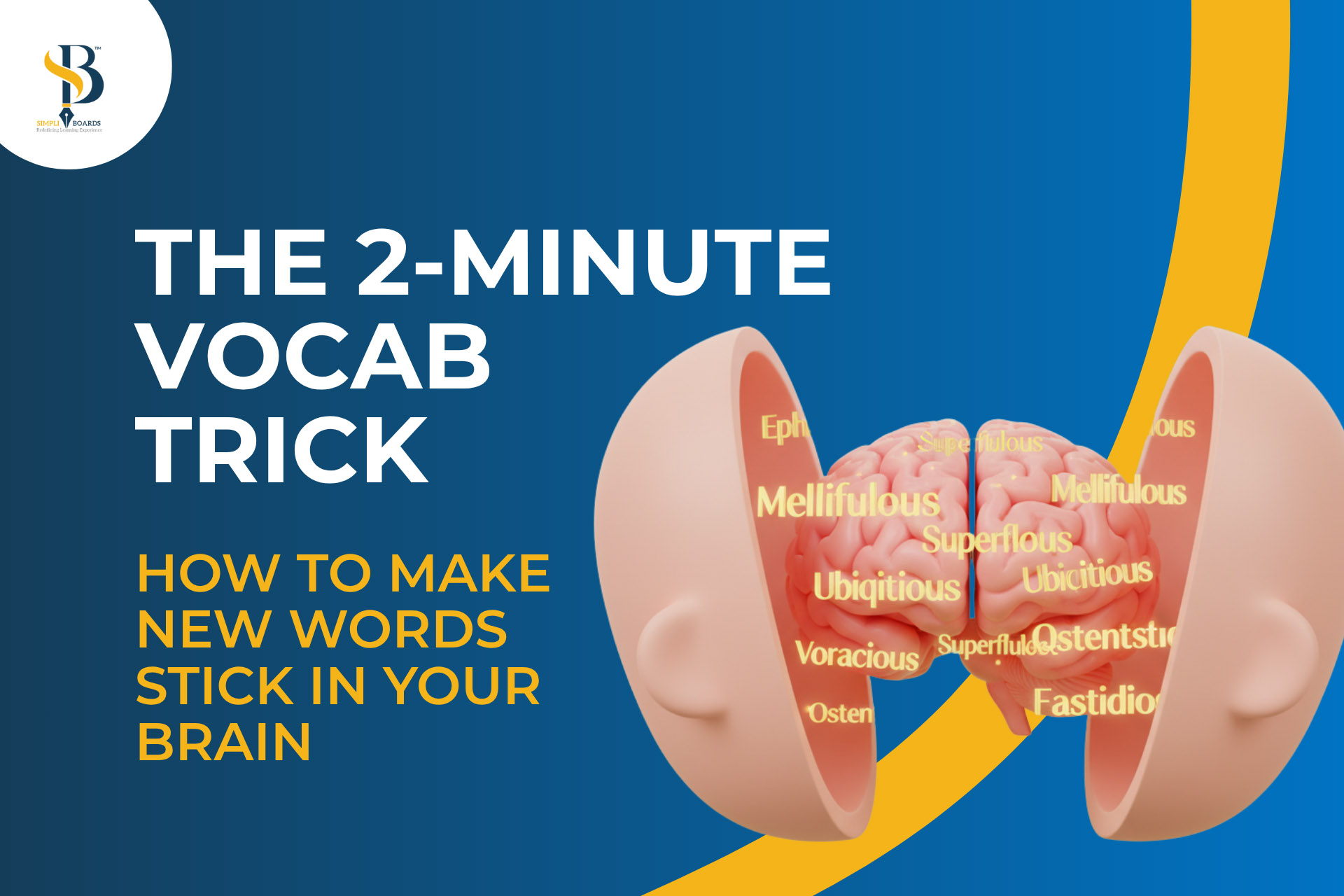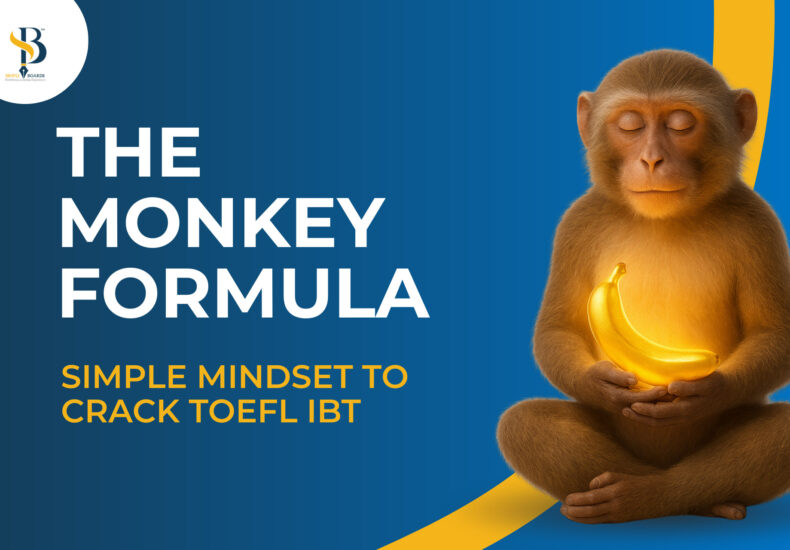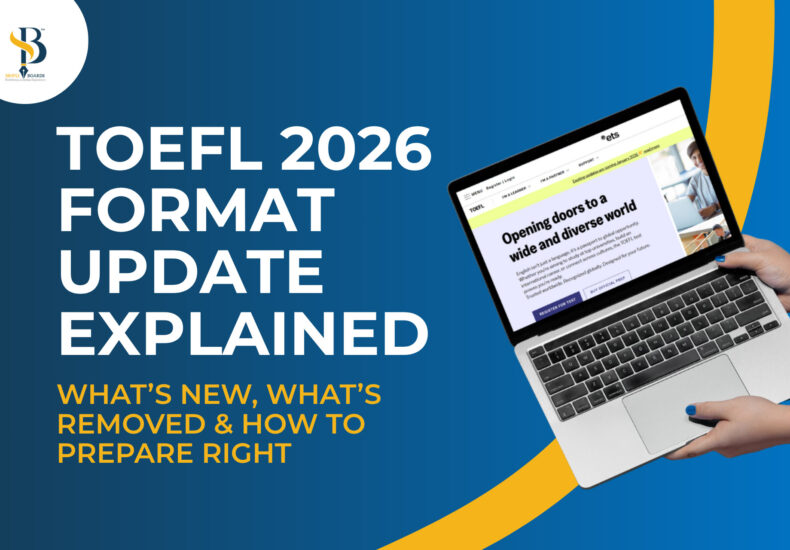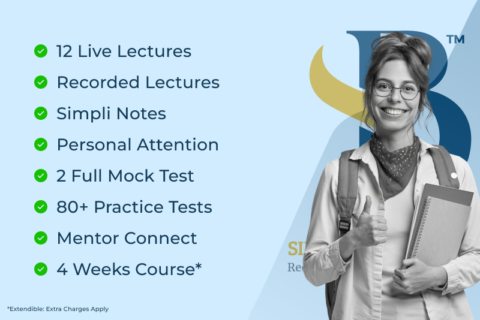
Build a Strong English Vocabulary the Fun and Easy Way

Written By:
Wangdi Gyalpo Bhutia
Table of Content:
- Introduction
- Step 1: Learn Words from Stories, Not Lists
- Step 2: Use Flashcards
- The 3x5 Technique
- Group Words by Topic
- Use Words in Real Life
- The “2-Minute Daily” Trick
- Connect Words to Feelings and Pictures
- Mix Reading, Writing, and Speaking
- Bonus Step: Learn Through Media You Love
- Step 8: Combine Old and New Words
- Step 9: Review, Reflect, and Reward Yourself
- Quick Recap
- Final Thoughts
Introduction: Why Vocabulary Is the Heart of Communication
Let’s be honest — we’ve all been there. You’re reading an article, watching a movie, or listening to a podcast in English, and suddenly you pause. A single word throws you off. You kind of “get” what’s happening, but that one mysterious word steals your attention.
You’re not alone. Even native speakers come across words they don’t know every day. The English language is massive — with over 600,000 active words — so missing a few is totally normal.

But here’s the exciting truth: learning new words doesn’t have to be dull or difficult. In fact, it can be a fun, creative, and almost effortless part of your daily life if you follow the right approach.
In this blog, I’ll walk you through 7 fun, science-backed steps to make vocabulary learning easy and effective — no memorizing long word lists, no yawning over dictionaries. You’ll also discover smart ways to make every new word stick in your mind permanently.
Let’s begin your vocabulary-building adventure!
Step 1: Learn Words from Stories, Not Lists
Here’s a golden rule:
“Context is memory’s best friend.”
If I say “retreat means go back,” you might remember it for a day. But if you read this line —
“The army had to retreat because of heavy rain.”
Now your brain sees a picture — soldiers, rain, and the idea of moving back. You’ve learned the word through context, not through a definition.
That’s because your brain doesn’t store information in isolation. It creates connections. When you learn words in a meaningful setting — a story, movie scene, or conversation — those connections strengthen memory recall.
Try this mini activity:
Pick a short paragraph from your favorite book or article.
- Choose one new word.
- Write down the full sentence where it appears.
- Guess what it means from context.
-
Write your own definition in simple words.
Repeat this with just one word a day, and in a month, you’ll remember 30 new words — not as dry definitions but as living parts of real sentences.
Step 2: Use Flashcards (the Smart Kind)
Flashcards have been around for centuries — and for a good reason: they work.
But most people use them wrong.
A boring card that says “Meticulous — very careful and detailed” won’t stay long in memory.
A smart flashcard, however, engages all your senses.
Here’s what your perfect card should include:
-
Word: Meticulous
-
Meaning (your own words): Very careful and detailed
-
Sentence: “She was meticulous while painting her model airplane.”
-
Visual cue: A doodle of a tiny brush or emoji 🎨
Why does this work?
Because memory loves images and emotions. Adding visuals and personal examples activates multiple brain regions — not just the language center.
You can use paper cards or apps like Quizlet, Anki, or Brainscape. If you prefer writing by hand (which I recommend), that extra motor effort actually improves retention.
The 3x5 Technique — Master of Recall
Want to know the secret sauce?
Review each flashcard 3 times in 5 days.
-
Day 1: Learn it.
-
Day 3: Review briefly.
-
Day 5: Test yourself again.
This is based on spaced repetition, a learning method supported by cognitive science.
Dr. Barbara Oakley (author of A Mind for Numbers) and memory models like the Leitner System use similar spacing intervals to boost long-term memory.
Think of it like watering a plant — you don’t flood it once; you water it a few times so it grows strong roots. 🌱
Step 3: Group Words by Topic — Like a Family Tree
Learning random words is like collecting jigsaw pieces from ten different puzzles. You’ll get frustrated.
Instead, group related words together under a theme — your brain loves structure.
Example: “Environment” Theme
-
Recycle
-
Pollution
-
Ecosystem
-
Sustainability
Each connects to a central concept, making it easier for your brain to store and retrieve them as a family.
Next week, pick another theme — say, “School Life”: curriculum, scholarship, lecture, assessment.
Mini Activity:
Choose your favorite hobby (music, sports, gaming, cooking).
Write five English words related to it.
Now use them in a short paragraph.
By connecting vocabulary to your interests, learning becomes personal, emotional, and unforgettable.
Step 4: Use Words in Real Life
This step is non-negotiable. You don’t own a word until you’ve used it yourself.
If you learn “feasible,” say:
“That sounds like a feasible idea.”
If you learn “crucial,” write:
“Water is crucial for all living things.”
Try this trick — make every new word your “Word of the Day.” Use it while texting, chatting, teaching, or even journaling.
When you use a word actively, your brain stores it in both recognition and production memory. This bridges the gap between understanding and fluency.
And don’t fear mistakes. Every slip-up is a sign that you’re growing.
Step 5: The “2-Minute Daily” Trick
Most learners believe they need hours to improve vocabulary. Wrong.
Consistency beats intensity. Always.
Here’s my 2-minute night routine:
-
Review five old flashcards.
-
Read a small English paragraph (comic, news, blog).
-
Pick one new word and write one quick sentence.
That’s it — 2 minutes. Do it daily before bed.
Why bedtime? Because the brain consolidates short-term memory into long-term memory during sleep.
Try it for 21 days and you’ll see noticeable progress — without any “study pressure.”
Step 6: Connect Words to Feelings and Pictures
The strongest memories are emotional. That’s why you never forget your first day at school or your favorite song — feelings stick.
So, when you learn a word:
-
Euphoria → imagine winning a competition 🏆
-
Melancholy → picture a rainy afternoon 🌧️
-
Generosity → recall a time someone helped you unexpectedly.
By associating each word with emotion or imagery, you anchor it deeply in your subconscious. This is called emotional encoding, a proven technique in neuro-linguistic learning.
Step 7: Mix Reading, Writing, and Speaking
Vocabulary isn’t just about recognition — it’s about usage. Use this weekly plan to strengthen all three skills:
| Day | Activity |
|---|---|
| Monday | Read a short English story |
| Tuesday | Make flashcards for 5 new words |
| Wednesday | Write 3 original sentences |
| Thursday | Speak those words aloud or explain them |
| Friday | Quiz yourself or draw a related image |
| Saturday | Watch an English video and note 3 new words |
| Sunday | Review all 15–20 words and celebrate progress |
Each activity builds on the other. Reading feeds writing, writing fuels speaking, and speaking strengthens recall.
Bonus Step: Learn Through Media You Love

Why not learn vocabulary from your favorite shows or songs?
Watch English movies with subtitles, listen to podcasts, or read webtoons. Write down words you like and look them up later.
Example: From Harry Potter you learn words like “cloak,” “spell,” “bewitched.”
From sports commentary: “strategy,” “momentum,” “precision.”
Learning from media keeps you engaged and exposes you to authentic language.
Step 8: Combine Old and New Words
Once you know 50–100 new words, challenge yourself to write short essays or diary entries using both familiar and recent words.
Example:
“It was a melancholy evening, but I felt a sense of gratitude for my resilient friends.”
Mixing words this way strengthens neural connections — your memory web grows tighter with each use.
Step 9: Review, Reflect, and Reward Yourself
Every month, take time to look back at all the new words you’ve learned.
Quiz yourself, highlight your progress, or even reward yourself with a small treat.
Reflection reinforces motivation — and motivation keeps you consistent.
Remember, fluency isn’t built in a week. It’s built in layers — like a strong house with daily effort.
Quick Recap
Here’s your blueprint for building a strong English vocabulary the fun way:
✅ Learn words from context, not lists.
✅ Use creative flashcards and the 3×5 spaced repetition rule.
✅ Group words by themes for better memory links.
✅ Practice using words daily in speaking and writing.
✅ Spend 2 minutes a night revising.
✅ Connect words to emotions and images.
✅ Mix reading, writing, and speaking weekly.
✅ Keep learning through your favorite media.
Little steps. Big results.
Final Thoughts
If you can use a word naturally in your sentence, you own it.
Don’t compare your journey to others — your progress is yours alone.
Be curious. Be consistent. Keep exploring, keep noticing, and one day, you’ll find yourself speaking, reading, and writing English confidently — one joyful word at a time.
Break a leg! 🌟
-
TOEFL
12 Live Lectures Recorded Lectures Trained by Certified Mentors Small Batch for Personal …CA $700.00Original price was: CA $700.00.CA $340.00Current price is: CA $340.00. Add to cart
Related posts
 Online Course
Online Course Monkey Formula to crack TOEFL iBT
 Online Course
Online Course TOEFL iBT 2026 Format Changes – Everything Students Need to Know
 Online Course
Online Course 



